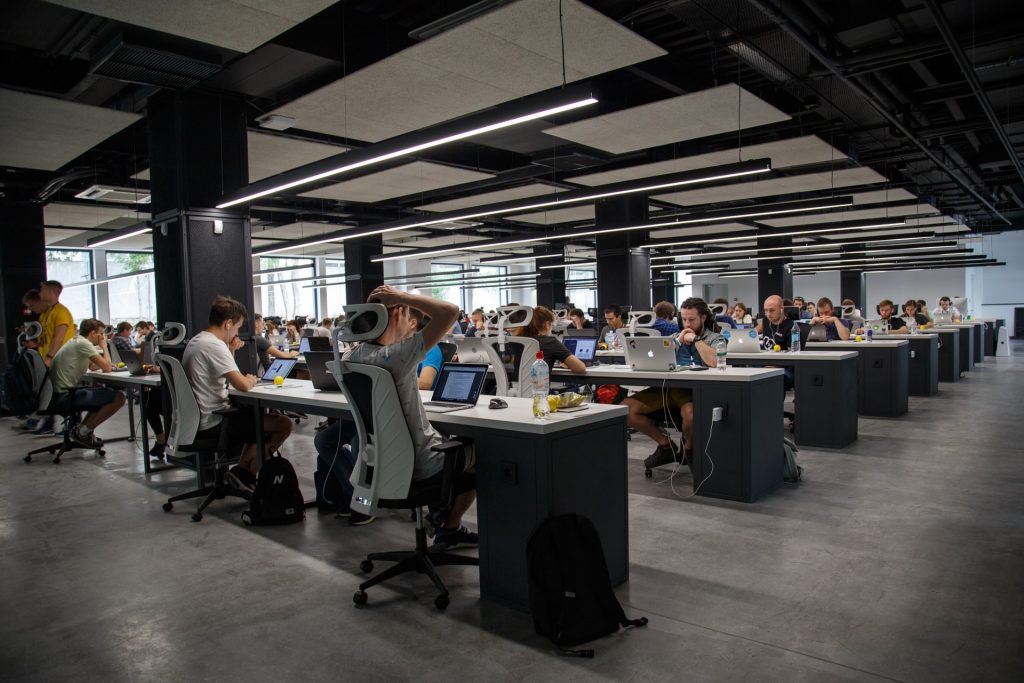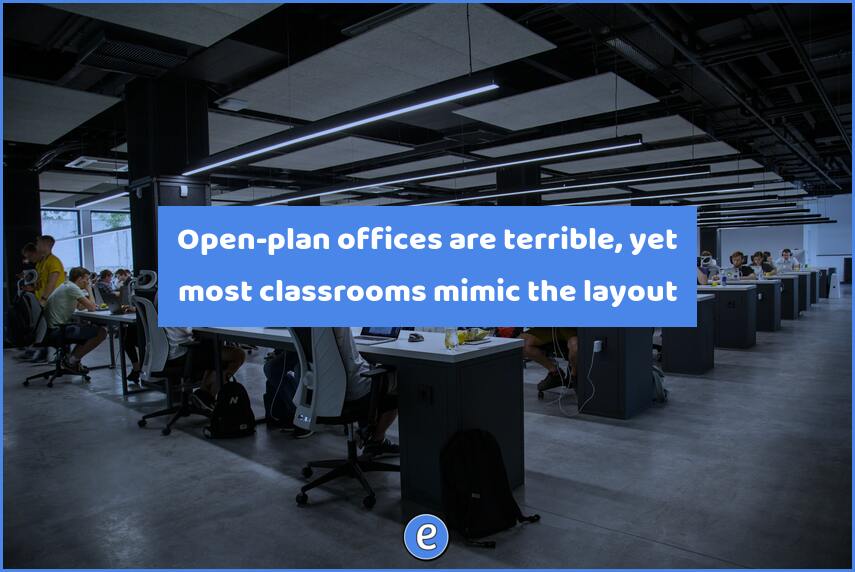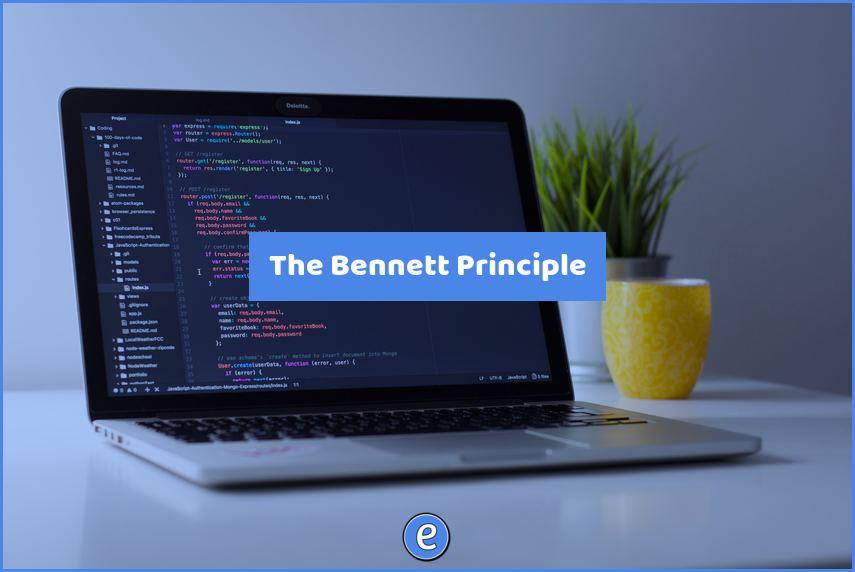Open-plan offices are terrible, yet most classrooms mimic the layout

A lot of businesses have moved or are moving to an open plan layout for their office space. This movement is under the assumption that social encounters are more valuable than deep work. However, recent studies have shown that this is not the case. In fact, employees in open plan offices are interrupted more frequently, have more distractions, and feel less productive overall.
Classrooms are often arranged in a similar way to open plan offices, with rows of desks facing the front of the room. This layout is based on the assumption that students need to be able to see the teacher at all times in order to learn effectively. However, this too has been shown to be false. Students in classrooms with more flexible layouts have been shown to be more engaged and perform better overall.
So why do we continue to use these ineffective layouts? Part of it may be due to tradition, but there are also practical considerations. Classrooms are often overcrowded, so it’s not always possible to rearrange the desks. And even if it is possible, it takes time and effort to do so – time that teachers often feel they don’t have.
It’s time for a change. We need to rethink the way we arrange our classrooms if we want our students to learn effectively. Flexible seating arrangements requires some out of the box thinking, not only for dealing with the issues of space and lack of furniture, but also navigating the various personalities of the students in the classroom. However, the benefits are clear. Students who feel more comfortable and engaged in their learning environment will ultimately perform better.
One way to start is to look at the amount of time lecturing in the classroom. This activity requires the students to be facing the front of the classroom, and as such affects the flexibilty in seating arrangements. If we can reduce the amount of time spent lecturing, and instead focus on more active learning activities, then we can start to create classrooms that are more conducive to learning.
Once we look at alternative ways of delivering information, we can provide opportunites and support for the students to have an active role in their learning, and the flexibility in the classroom to pursue it. This does require a different approach to teaching, but one that is ultimately more rewarding for both teachers and students.
So let’s break down the barriers to flexible seating arrangements in the classroom.





